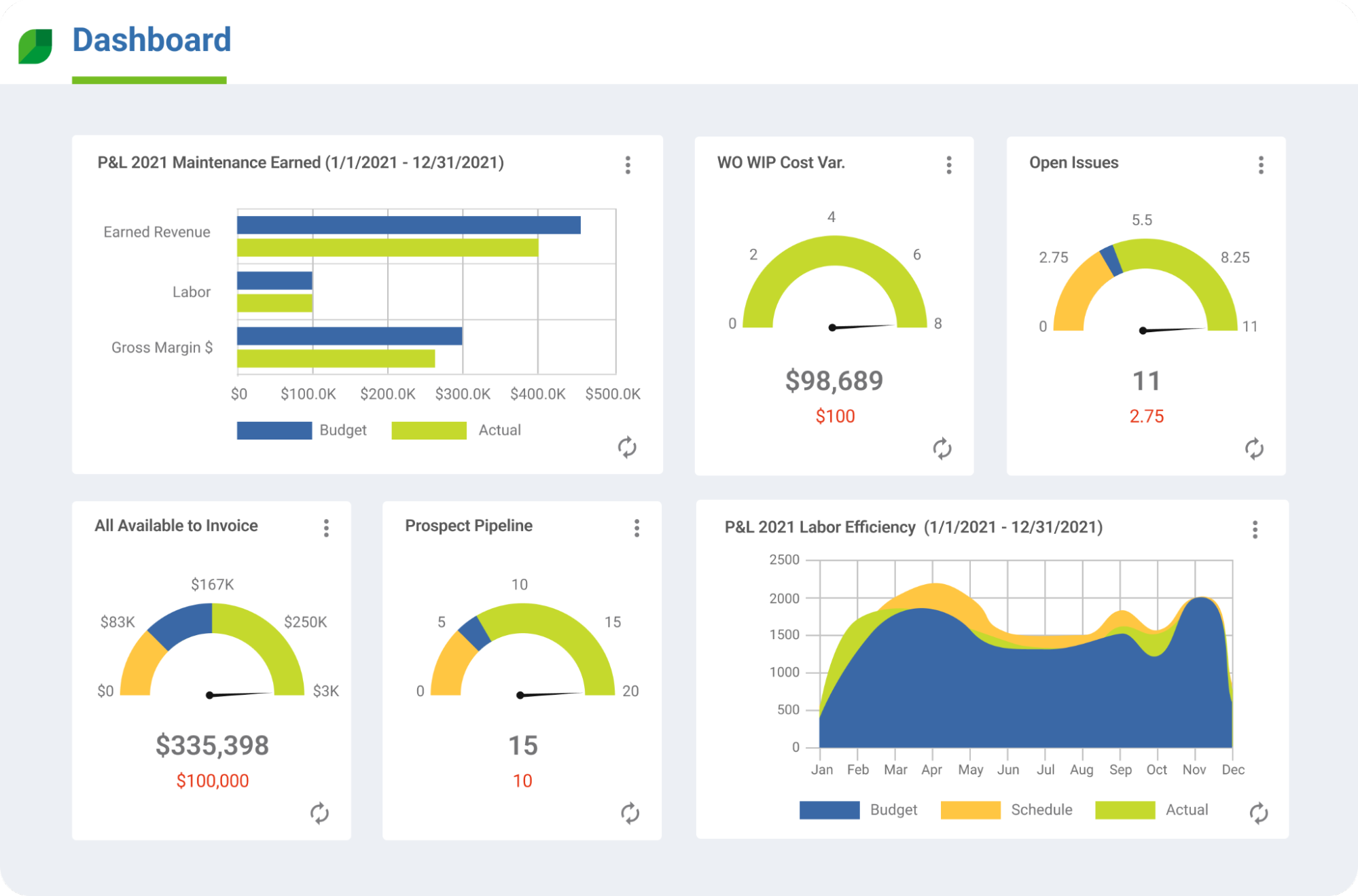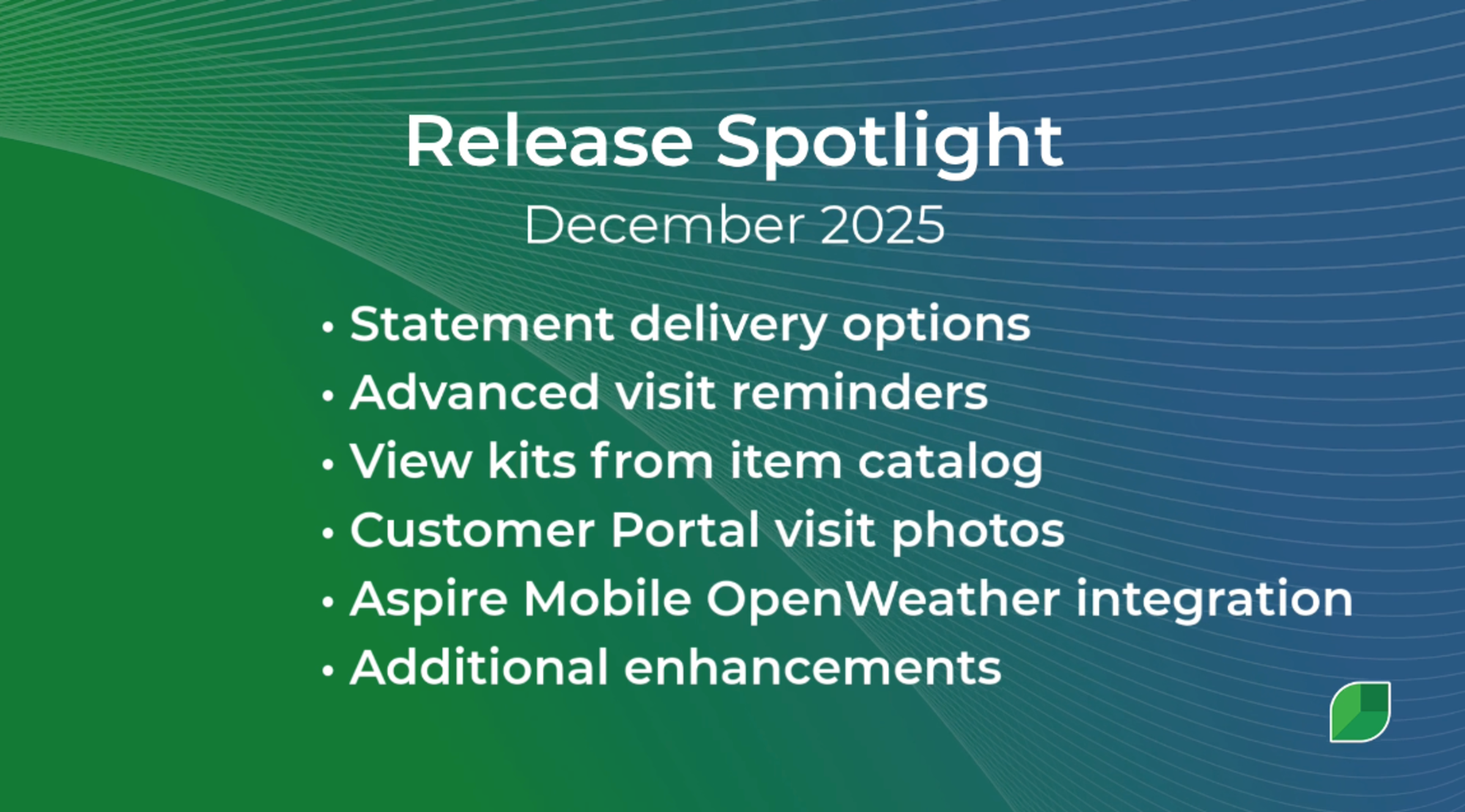Are you a passionate gardener seeking to escape the mundane 9-5?
Have you considered launching a landscaping business? Why not leverage your skills to meet local demand for lawn care and weeding services and offer competitive rates?
You may already have the tools to get started, such as lawnmowers, trimmers, shovels, rakes, and leaf blowers. So, you only need to invest a little of your earnings upfront.
However, while having your own business is fulfilling, getting started can be daunting.
That's why you need a robust business plan. In this guide, you'll understand:
Why start a landscaping business
Types of landscaping businesses
Step-by-step guide to getting started
You have an entrepreneurial mindset and are passionate about gardening or landscaping. Starting a small landscaping business lets you combine passion and income. Formal qualifications or special training are only sometimes needed, depending on your business scope.
If you think there's no demand for landscaping businesses in your area, think again. The National Association of Landscape Professionals has seen the landscaping industry grow an average of 5.3% yearly!
However, first consider this: Many can handle basic gardening, yet most need more time or expertise for unfamiliar plants or species. These can harm the soil and cause plant loss. Garden owners need a knowledgeable specialist—and that's where your expertise becomes invaluable.
What types of landscaping companies are there?
You may know what landscaping services you're offering. But how will your operation fit in the industry?
Let's look at a few typical landscaping businesses. This will help you understand the market.
Generally, landscaping is designing, building, and maintaining outdoor landscapes. Landscapers assist with layout, seeding, and sod installation. But they may also have to do basic mowing, trimming, and pruning. Landscapers should know how to manage weeds, pests, and invasive plants. Formal education is optional. However, learning more can help you serve better and gain more potential clients.
Ground maintenance, also called groundskeeping or gardening, involves upkeep for homeowners. It does not include design. You may be asked to care for business properties, including golf courses, college campuses, and private homes. With more experience, you may branch out into planning, layouts, or other commercial landscaping.
Landscape contracting designs outdoor layouts to fit clients' wishes, including installing greenery, garden structures, pathways, lawn maintenance, and water features.
Landscape architecture demands more technical skills. It also requires knowledge of landscape design software, which is essential for project planning and mapping. Landscape architects often have undergraduate and postgraduate degrees in landscape architecture.
Now that you know the main types of landscaping businesses, let's look at how to set up your own landscaping company.
7 steps to begin your own landscaping business
Strategy and planning may not seem as exciting as serving clients. But it’s some of the most important work you'll do for your business. It’s critical if you want to make it a sustainable source of income and avoid failure.
1. Understand the demand and your target demographic
Many aspiring entrepreneurs hesitate, fearing landscaping is perceived as a luxury or that their local market is saturated. However, by searching "lawn maintenance near me" on Google, you can assess your area's current supply and demand.
Some local landscapers offer only essential services, like lawn mowing and maintenance. You can fill the gap by cleaning the yard and disposing of leaves. You can also provide pruning or mulching.
The other key is to read customer reviews.
What grievances do customers typically express about the lawn care services they've employed?
Often, they find the hired professionals competent but are frustrated by delays in receiving quotes for tailored services. Alternatively, clients may wish the service providers had been more forthcoming about their expertise in handling specific plant species or trees. Addressing these concerns is vital for shaping your messaging and brand image.
You'll need to highlight what sets you apart from your competitors. Do this on your website and marketing materials so new customers can find you.
2. Make clear what you offer
It's tempting to make client connections first and customize your services based on their needs. However, it's good practice to outline your services explicitly from the outset before commencing your marketing efforts.
Here's why:
It will be easier for people to discover you online when you rank the right keywords.
You will only have to offer landscaping services within the scope of your abilities.
You can set lower prices at the start and avoid awkward negotiations with your client.
You'll likely get positive reviews and create a solid local reputation.
With that in mind, consider which landscaping services you'll highlight. They will be in your marketing materials and online.
Lawn mowing
Weeding and weed eating often involve using chemicals (pesticides), pulling or cutting weeds, and preventing overgrowth.
Shrub and hedge trimming
Tree care
Seeding
Sod installation, which consists of placing layers of grass and roots so they attach to the soil
General gardening and plant care
Pest management (plus use of pesticides and disposal)
Irrigation installation and maintenance involves setting up sprinklers and drip lines. These are for ongoing watering of lawns.
Ensure you differentiate them from more specialized landscaping services, which include:
Drainage planning and design
Irrigation system design
Lawn and garden design
Lighting design and installation
Building and installing garden structures, walls, pathways, and water fixtures
3. Take care of licensing, insurance, and paperwork
Many landscaping businesses put their licensing and general liability insurance on their Google Business listing. This makes it easier for potential clients to find and feel confident about the information before visiting the website. That's why you should get your paperwork in order before you get your first client.
For example, every state has its own landscaping regulations. Many require a commercial pesticide license, and 16 require a landscaping license. Also, note that some states have different or more stringent requirements than others. For instance, you may need several years of experience and pass a trade exam before operating your lawn care business.
It may seem overwhelming if you live in a stricter state. But it's doable as long as you don't skip any of the following steps:
Register your business with the state. You can be a sole proprietor; however, setting up a limited liability company (LLC) to keep your private finances separate and protected is more practical, as it protects you from bankruptcy or lawsuits. Whatever you choose, determine which business structure is best for you.
Pass your state's license or certification exam (if required in your state).
Most states require a contractor license surety bond. The bond's cost correlates with its size, typically capped at a few hundred dollars. This assurance to the state and the client signifies your commitment to delivering quality work within the agreed contractual timeframe.
Get your business's tax identification number (TIN) through the IRS website.
4. Recruit and build an excellent landscaping team
While you might start as a sole proprietor, you'll soon need to hire a team as your landscaping business grows. How do you recruit experienced lawn care staff?
Here are some best practices when hiring for a landscaping company:
Offer on-the-job training in your job description. Offering training will help attract candidates searching for career development.
Offer competitive pay for your area. Local landscaping job listings give you a good idea of the average worker's compensation range in your town or city.
Highlight opportunities for advancement. Small businesses are well-positioned to offer this perk. They have more high-level positions to fill and can emphasize it.
Include extra benefits. These include paid time off (PTO), health insurance, and retirement accounts. Many similarly sized businesses in your area may offer something other than these.
Please don't mention safety as an additional benefit. Jobseekers want to know you prioritize their well-being. Those seeking landscaping jobs want to see that you provide rest breaks, safety equipment, and protective measures at all times.
Use a business management platform like Aspire to build schedules for your team in minutes. Not only can you create user profiles and view their availability, but you can also determine real-time job costs and invoice new customers and potential clients estimated project costs.
5. Decide what landscaping software you need to manage your business
Web and app-based tools are for more than large companies and franchises. Many small business apps aim to simplify your life as a business owner. Standard solutions for landscapers might include:
Accounting and invoicing software like Aspire helps manage finances. Its integrated functionality creates and sends invoices, tracks expenses, and ensures balanced books.
Schedule social media posts using Hootsuite, MeetEdgar, or Buffer. These services also automate marketing campaigns and track follower engagement.
Estimating and quoting software, like Aspire, can help make precise price estimates. You can use these estimates for potential customers and projects.
Tools like Trello and Monday.com help users organize and track projects from start to finish, ensuring they remember small tasks. However, these tools are often a single solution, not a business platform like Aspire.
Aspire is a complete system. It's the best choice for managing a small team with software. You can use the platform to track time and schedule employees. However, Aspire also lets you communicate with your staff. You can use it to hire and onboard new team members and even to automate payroll. It's an excellent option for small business owners who employ hourly, wage-earning employees.
See how it compares to other leading software solutions.
6. Plan your finances and pricing
Making a financial plan lets you find profit opportunities. You can adjust your prices as the market changes and your business grows. The process isn't as challenging as it sounds if you follow these steps:
Determine your startup costs. These are your initial investments. They include landscaping equipment, materials, business licenses, business cards, paperwork, business insurance, and software expenses.
Develop a budget. It tracks wages, maintenance, fuel, marketing, and other ongoing costs. Some costs, such as marketing tools, stay constant. Yet fuel and salaries fluctuate. Keep a generous budget for flexibility.
Do market research. Find out what pricing and services your competitors of similar size offer. Considering this, your experience and service quality will determine your rates. Integrate your findings into your business plan.
Decide pricing. Will you charge by the hour, per project basis, or both? Whatever you decide, target a profit margin between 10% and 15%. If you get anywhere close to that range, you'll be doing much better than the current industry average. Don't forget to add how new customers will pay for your service: Cash? Credit cards?
Creative pricing strategies. Seasons change, affecting business demand. Explore seasonal business ideas for expansion. Consider leaf cleanup in fall or garden weatherizing in winter.
Track your finances. Set a schedule for reviewing revenue, expenses, and profits. Consult a financial advisor for tax and pricing advice. Open a business bank account to separate your finances from your personal funds.
7. Put together your marketing strategy
Word of mouth is effective for landscaping business owners. Today, a strong marketing plan is crucial for your landscaping business. Reflect on what you want when people search for "landscaping near me."
Take it from there with these strategies:
Build an elegant website. Pick a user-friendly design template. Be clear about services. Mention the specific location you serve. Optimize for search engines.
Local Business Listing. To list your business locally, claim it on Google My Business. Search your business name and city on Google. If unclaimed, your business details will show on the right. Select Maps below the search bar to locate your business. Click the red pin indicating your business location. This action displays your business information. To claim your business, click Claim this Business.
Create social media accounts. Use LinkedIn, Meta (Facebook and Instagram), and X (formerly Twitter) to highlight what you do for potential clients. This is where you drop seasonal promotions and deals to them.
Get online reviews. Encourage happy customers to leave positive reviews on Facebook, Google, or other review software like TrustPilot, which will help boost your reputation.
Use direct mail. Branded flyers are a convincing, low-cost way to let your community know you're open for business and help spread your name by word-of-mouth. And don't be shy; knock on people's doors and greet them with a smile when giving out flyers. Personal greetings go a long way!
Attend local events. As per the direct mail above, attend local events, garden expos, and trade shows to network, get your name out there, and even recruit new employees.
Review your marketing regularly. It can be costly. Ensure it yields returns. Grow and explore social media ads and blogging for more reach.

Plant the seeds of landscaping success with Aspire
Starting a landscaping business is a great way to show your green thumb and develop business and leadership skills. In many states, it's easy to get started. Just set your goals, plan well, and stay committed.
Our steps are guides, and not all may be right for you. Ultimately, your success hinges on your budget, time, experience, and resources.
Still, you're not alone, and Aspire is here to help. We've helped our customers grow 3x faster than the competition
Aspire ensures peace of mind, knowing you have the ideal tool ready for use once your landscaping business grows.
Frequently Asked Questions
Why start a landscaping business?
Not only do you take pride in owning your business, but you also contribute to environmental preservation. Increased care for lawns and gardens benefits the environment.
Do you need a degree to start a landscaping business?
While formal education isn't mandatory to launch and manage a landscaping enterprise, certain qualifications can enhance customer appeal. Pursuing degrees or certifications, such as a Bachelor of Science in landscaping focusing on horticulture, can be advantageous.
What do you need to start a landscaping business?
1. Understand the demand and your target demographic.
2. Make clear what you offer.
3. Take care of licensing, insurance, and paperwork.
4. Recruit and build an excellent landscaping team.
5. Decide what landscaping software you need to manage your business.
6. Plan your finances and pricing.
7. Put together your marketing strategy.
What are the cons of owning a landscaping business?
Given the seasonal nature of the work, it's vital to manage earnings from peak seasons to sustain year-round financial stability. Moreover, as a business proprietor, you shoulder responsibilities such as self-employment taxes and financing your health insurance and retirement plans.






